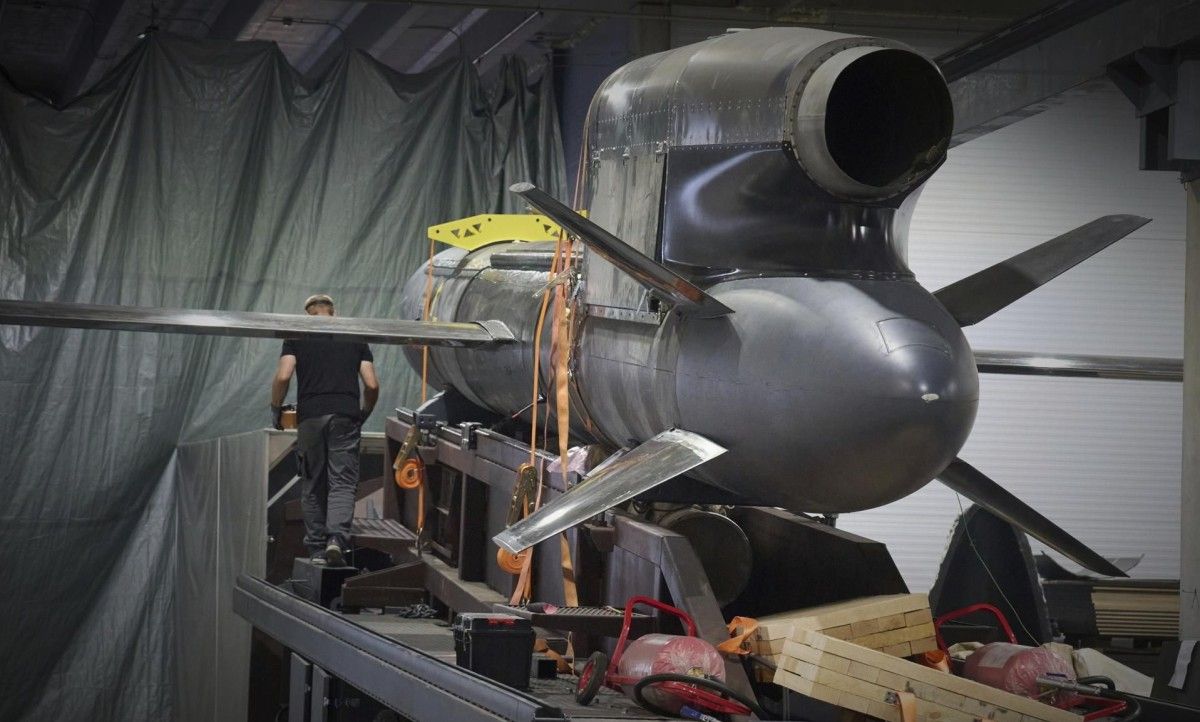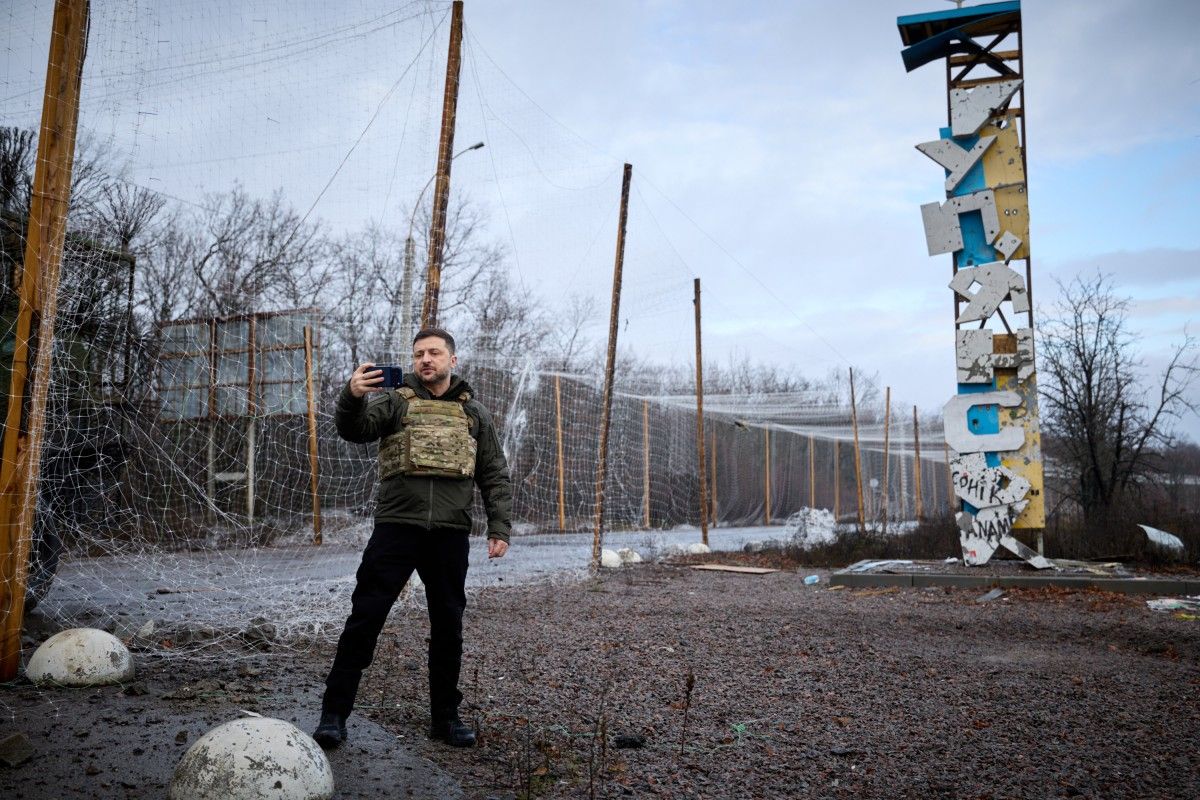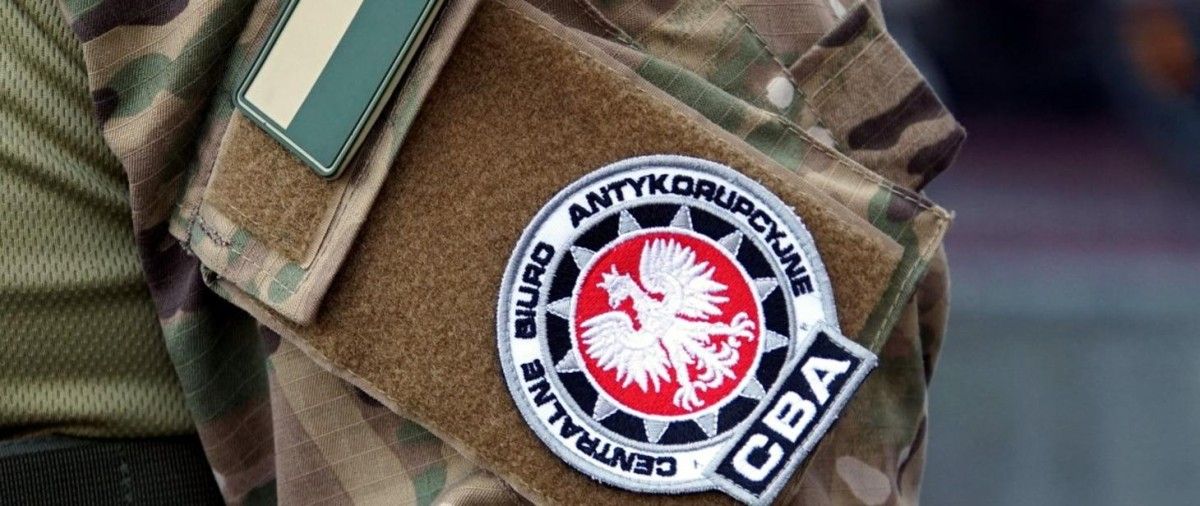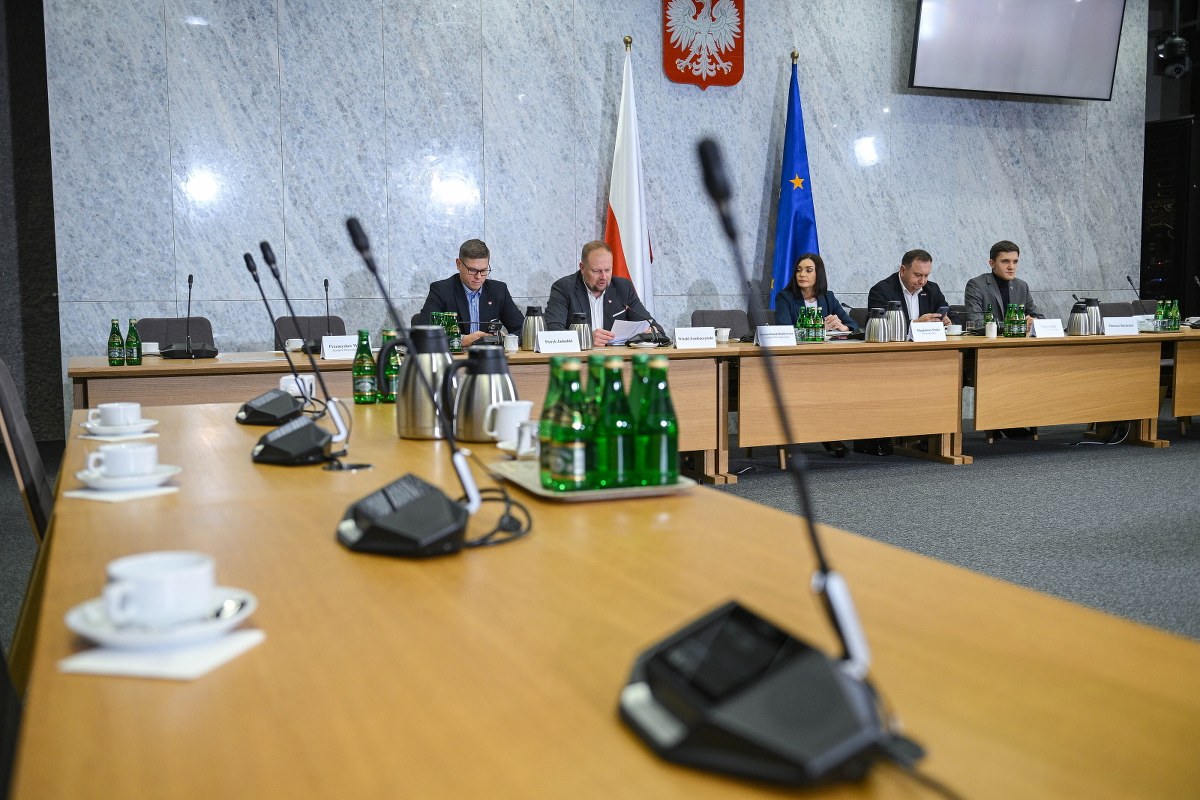False uniform
Faced with the increasing number of impersonations of soldiers of the Polish Army, it is crucial that all citizen knows how to admit a actual soldier from a disguise spreading disinformation – wrote Deputy Minister of National Defence Cezary Tomczyk on his social media.
During Thursday's crisis staff in Wrocław, Prime Minister Donald Tusk pointed out false information circulating on social media regarding the planned blast of floodbanks, pointing out that specified actions are not planned and calling for the non-accession of specified fake news.
Tusk besides reported that a man was identified who, dressed in military uniform, visited various places and threatened by the announced blast of the shafts. A man moves in a car with false registration numbers, which, according to Tusk, indicates the serious nature of the case. The Prime Minister appealed to Poles not to believe people claiming to be representatives of authorities or services and disseminating specified information.
MON refers to the case
The consequence to reports of a man spreading false information came from representatives of the Ministry of Defence, who in a short announcement published on social media denied the rumors it spread. They stressed that no military action was carried out to blow up the shafts and called for proven sources of information.
Minister of peculiar Services coordinator Jacek Dobrzyński confirmed that false military is being prosecuted by officers, and the case is being taken very seriously. Dobrzyński noted that the interior safety Agency is primarily liable for the prosecution of a man. He added that at this phase he could not give details of the advancement of the investigation, but stressed that the intent of the man's actions was to make panic and panic.
How do you identify a fraud?
In its Communication, Tomczyk outlined key principles to be followed: tracking authoritative communications, verifying information in authoritative channels and local media, and ensuring that sources of information are reliable.
 Photo X
Photo XIn addition, he described features of a actual soldier specified as a name tag on a uniform, a patch with the name of a military unit on his left arm, a visible military degree on his right shoulder and Polish flags on both arms.
He pointed out that a individual impersonating a soldier, acting alone and incapable to represent his affiliation, could be a fraud.












